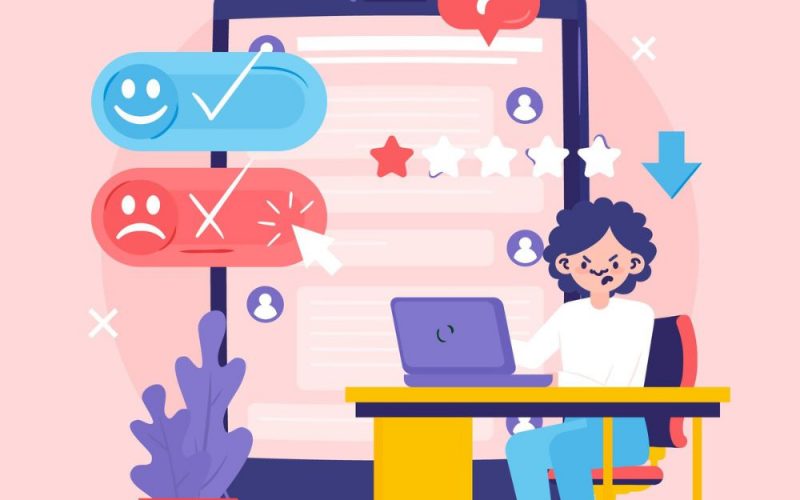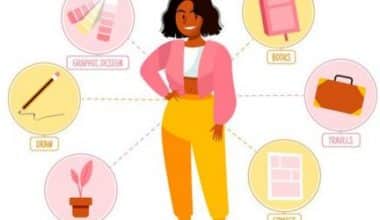What are the biggest influencer marketing fails of all time?
Everyone knows how… erm… influential influencers can be when it comes to marketing (pardon the pun). Everyone trusts their opinions, which is the main reason why the influencer marketing industry is worth a whopping $16.4 billion. However, as powerful as influencer marketing is, that doesn’t mean it doesn’t fail.
In fact, when it does fail, the error is made all the more glaring for its presence in the eye of the media. You know what they say… the higher they are, the harder they fall.
However, it would be extremely unwise to gloat at a competitor’s mistakes. Instead, why not study it so you can pinpoint where it went wrong and ensure you do not fall into the same errors?
Key Points
- Understanding the types of influencers, from mega to nano, is crucial for brands to choose the right partners.
- The types of influencers you decide to partner with determine the reach, engagement, and cost you will see in return.
- Issues of authenticity are critical blunders that can cause distrust from fans of both the brand and the influencer.
- Brands should avoid common influencer marketing mistakes such as failing to define clear goals, prioritizing follower count over engagement, and neglecting influencer research.
- Micro-influencers, although having smaller audiences, often boast a more engaged and niche community, leading to better conversion rates.
What is Influencer Marketing?
Influencer marketing is a type of marketing in which organizations partner with individuals with a large following to boost brand exposure. Companies may request that a person with a significant following post social media content promoting their products or services.
People frequently follow people they trust on social media, so if they see someone they trust advertising your brand, you have a natural trust factor that can be leveraged to increase your conversion rate.
At a fundamental level, influencer marketing is a type of social media marketing that uses endorsements and product mentions from influencers — individuals who have a dedicated social following and are viewed as experts within their niche.
Influencer marketing works because of the high amount of trust that social influencers have built up with their following. Their recommendations also serve as a form of social proof to your brand’s potential customers.
How Effective Is Influencer Marketing?
So, is influencer marketing effective? While your campaign’s outcome comes down to your strategy, there are a few significant benefits to using this type of marketing. For instance, businesses earn an average of $5.78 for every dollar they spend on influencer marketing (via Influencer Marketing Hub).
Here are a few other advantages to consider:
- Establish credibility and trust. One of the reasons many businesses have a hard time selling their products and services is that they can’t establish credibility. Your business must appear credible if you want people to buy from you. By partnering with an influencer that followers trust, you can quickly boost your credibility.
- Cost-effective. Another major benefit of using influencer marketing is that it’s cost-effective. If you decide to use this tactic, you may generate a significant return on your investment as long as you partner with the right people.
- Attract quality leads. By using influencer campaigns, you can reach people who are likely interested in the products and services you offer. As a result, you may have an easier time increasing your conversion rate.
- Boost brand awareness. When you partner with influencers, you immediately get your products and services in front of hundreds of thousands of people. There are even some influencers who have millions of followers. Therefore, there are plenty of ways to use influencer marketing to boost brand awareness.
These are just a few reasons you should consider partnering with influencers. Make sure you work with the right influencer to get the most out of this relationship.
Influencer Marketing Strategy
Most Resounding Influencer Marketing Fails in History
#1. Kendall Jenner x Pepsi
There’s no doubt about the influence of any member of the Kar-Jenner clan. This was why it probably came as a rude shock when a Pepsi ad starring the family’s supermodel didn’t fly the way it was supposed to. It also showed brands that you can’t just paste a famous face on a brand and hope for the best.
The idea was simple: stage a Black Lives Matter protest for Pepsi’s global diversity campaign in collaboration with the supermodel. In the ad, we see Kendall Jenner abandon her ongoing photoshoot to join the protest with people of all races promoting ‘unity in diversity.’
Right before Jenner joins, we see police attempting to control the crowd. But worry not – the heroine of the day, Jenner, steps forward and offers one of the officers a canned Pepsi Cola. Pepsi becomes synonymous with peace and the white supermodel succeeds where so many before her have failed.
Why it failed
Many found the commercial insensitive and blasphemous to movements by people of color. Many thought this trivialized Black Lives Matter, not to mention exhibiting a white-savior complex by highlighting Kendall’s single-handed gesture of restoring “peace” by simply offering a cold soda to an armed officer.
The short yet strikingly sarcastic remark of Martin Luther King’s daughter, Bernice King, put it perfectly in her tweet: “If only Daddy would have known about the power of #Pepsi.” with a photo of her father being pushed by a cop.
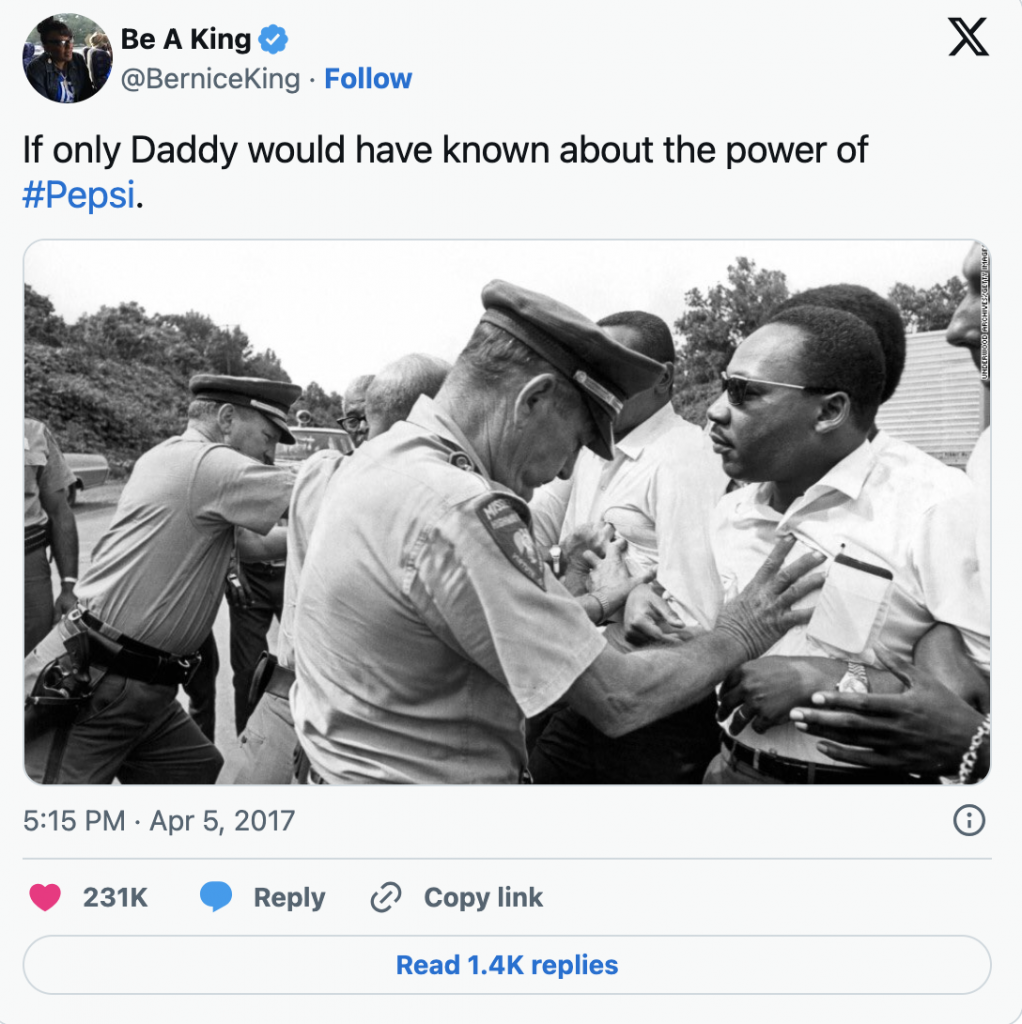
In the wake of the disaster, Pepsi took down the ad, apologized, and explained that they had merely wanted to promote unity in diversity and had meant no harm.
Brands should refrain from reducing social issues to themes and aesthetic appeals. Social issues and movements are not fashionable tools to make your brand look politically sensitive. In truth, any efforts to appear socially aware are only doing the opposite.
Before coming up with concepts, you must first assess the real-world implications of your ideas. It’s okay not to revolve your ideas around these sensitive issues. If you are not genuine about any cause, it’s better to leave it be.
2. Benjamin Burnley x EA
The importance of partnering with suitable influencers has never been emphasized enough than with EA’s failed collaboration with musician Benjamin Burnley.
EA partnered with Burnley in hopes of promoting their newest Star Wars Battlefront game, but Burnley did not seem so pleased. He posted on Instagram as asked—but it wasn’t what any brand would hope to see. It was a photo of a broken disc of the game, and along with it, he said EA wanted to pay him for posting that he liked their “piece of shit game.”

Why it failed
Some brands fall into the trap of reaching out to famous people without thoroughly measuring the impact they could make on their brand. Influencers garner their following through years of parasocial connection with their audiences, so it’s best assumed they will act according to their branding. In Burnley’s case, it was rock and roll and not giving a crap.
Finding an influencer with a massive following that could likely fit your target demographic doesn’t automatically indicate a partnership opportunity. Your target audience must involve the influencers themselves, which makes it important to study your potential influencers before partnering with them.
If you know they are pleased with your product, then it could be a good sign to work with them, and if not—should you be risking it?
3. Naomi Campbell x Adidas
Naomi Campbell’s lasting influence in the fashion world withstands decades, but that doesn’t mean that all her fashion endorsements are successful. The model posted a photo on Instagram of a pair of Adidas shoes and, unfortunately, copy-pasted the entire instructions.

“Naomi, so nice to see you in good spirits,” the post originally said, adding: “Could you put something like: Thanks to my friend @gary.aspden and all at Adidas – loving these Adidas 350 SPZL from adidas Spezial range. @adidasoriginals.”
Her team spotted the awkward caption and immediately changed it, but it was too late to save it from screenshots.
Why it failed
The copy-pasted caption seemed disingenuous. Instead of persuading her audience to get a pair for themselves, it only seemed like a lazy advertising attempt. Influencer marketing does not only end with the marketers, it must follow through with the efforts of the influencers.
Your brand could learn from this embarrassing mistake by not rigidly telling your influencers what to do. Perhaps allow them to be more creative and add personal touches to their captions. This way, influencer fatigue from audiences can be diminished.
4. Scott Disick x Bootea
Scott Disick of “Keeping Up with the Kardashians” fame was hired in 2016 by Bootea, a brand that sells fitness and detox products, to post to social media. Disick copy-pasted the entire message from the brand as his post caption – caption AND instructions.
“Here you go, at 4pm est, write the below. Caption: Keeping up with the summer workout routine with my morning @booteauk protein shake!

Why it failed
A serious case of the copy-pastes… with a side of staged and inauthentic marketing. More have failed for less.
Disick did eventually pick up on the error and updated the caption, but not before he was roasted and the error was immortalized with a screenshot and shared across social media.
If an influencer you picked isn’t super into it or doesn’t seem to have a real interest in the product, they may not be the best fit for you. Find someone to work with that reflects the brand – someone who would ACTUALLY use the product.
If influencer marketing is too staged, it doesn’t come across as genuine.
5. Katie Price x Snickers
In 2012, Snickers went above and beyond with their Snickers “You’re Not You When You’re Hungry” campaign. They partnered with personalities Katie Price and Ian Botham and used their Twitter accounts as the main platform.
Price, a personality known for her modeling and entertainment, started tweeting politics and economics-related posts. Botham, who had a thing for tweeting about crickets, suddenly tweeted his cello-learning blips.
Many found the tweets out of character, and a bunch of their audience even speculated account hijacks. Finally, a final tweet was posted with a picture of them with a Snickers bar. Price captioned, “You’re not you when you’re hungry. @snickersUk #hungry #spon”

Why it failed
The Advertising Standards Agency of the UK investigated the campaign because of the lack of clarity around the sponsored posts. Though the campaign was cleared, Price and Botham’s reputation suffered, and with it, Snickers.
First of all, you could prevent these instances by adhering to your local advertising codes of ethics. Secondly, studying your audience can help you establish a better connection with them. In the case of out-of-the-box creative concepts like this, the chances of your audience misunderstanding your efforts will likely be less.
6. Dan & Phil x Oreo
YouTube duo Dan & Phil were hired in 2014 by Mondelez to do some promotional content for Oreo. The duo posted an Oreo Lick Race challenge video to their page to see who could lick the middle off the Oreo first.
Sounds pretty innocent, right?

Why it failed
The duo didn’t disclose that it was sponsored content paid for by Mondelez (Oreo’s parent company). This goes against advertising standards, which state that influencers need to disclose when content is being paid for. Oreo ultimately didn’t agree with the ruling by the Advertising Standards Authority but agreed to remove the video.
While you want to give your creators freedom, make sure you make your obligations and rules clear. Laying the groundwork in the beginning will ensure your content will stand the test of time.
7. Sarah Elshamy x Huawei
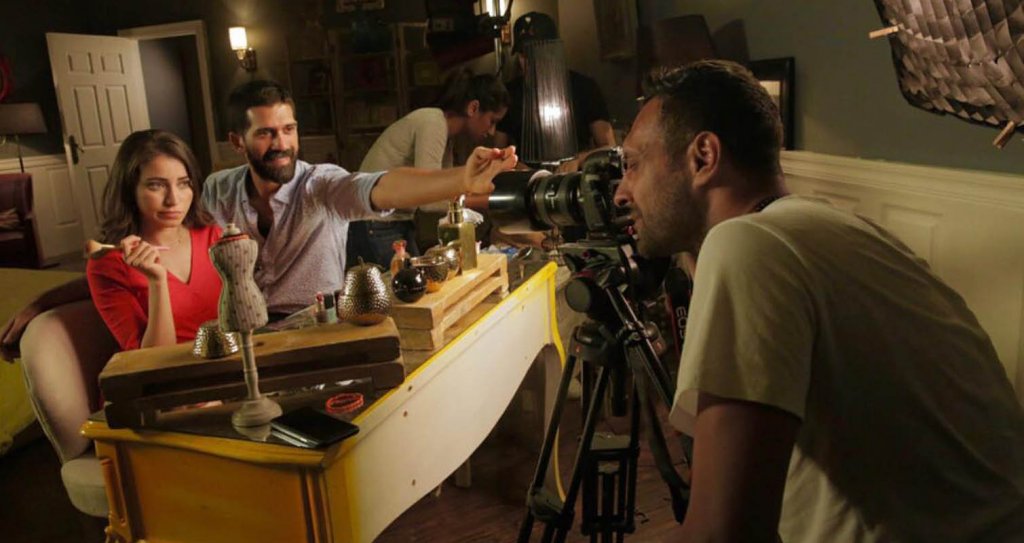
In 2018, actress Sarah Elshamy was hired by Huawei to promote their new Nova 3 smartphone. The actress posted some behind-the-scenes shots that showed the “selfie” shown was actually staged using a DSLR camera instead of the smartphone itself as the ad implied.
Why it failed
While the ad didn’t explicitly say that the selfie was taken with the Nova 3 phone camera, it was definitely implied. The fact that it wasn’t is misleading.
Elshamy took the photos down within 24 hours, but Huawei took time to respond to the mishap. They said that it’s not common for most brands to use professional equipment to shoot promotional material. It’s worth noting that they also have a disclaimer on all their content saying the images are for reference only.
However, these types of “deceptions” can cause damage to brand’s reputation and should be avoided at all costs. Transparency will always be your best friend when it comes to communicating with your customers – regardless of what channel you are using.
8. Terrie McEvoy x Tower Jewellers
One of the best ways to engage your audience is through giveaways. So when you do a giveaway, you deliver to your audience, and you do it honestly. Beauty influencer Terrie McEvoy, however, had other ideas.
In her partnership with Tower Jewellers, McEvoy had to give away two luxury bracelets to her lucky fans. However, when it was time to draw, McEvoy chose two of her real-life friends instead. One of her followers drew a connection with her previous posts and exposed her for rigging the raffle.
After being caught, McEvoy admitted to the embarrassing wrongdoing.

Why it failed
Influencers must cater to their audience and make their trust the topmost priority. Any form of dishonesty can cost the influencer and the brand their reputation and, with it, sales.
Influencers must know that their audience is their career’s lifeblood. Their content is catered to their followers, and they sign brand deals through them. When the audience feels betrayed, they will be less appealing to their followers, followed by brands. What can you do about it as a marketer? Choose influencers who stay true and loyal to their followers at all costs, but make sure they are also truly fond of your products.
9. Kim Kardashian x Duchesnay
For many brands, working with influencers fits well. However, this can be a bit trickier for pharmaceutical products. Advertising rules mean that medicines and drugs are required to provide information on the potential side effects of the product.
In this case, Kim Kardashian did not include the details of any side effects in her post for Duchesnay’s morning sickness drug, Diclegis.

The fact that she only focused on the benefits of the product and did not highlight any risks caused the FDA to warn Kim that she would face regulatory action if the post was not removed or corrected.
10. Never Let A Crisis Go To Waste
Using a disaster to self-promote is definitely a huge fail – but that is exactly what many influencers did when the devastating California Wildfires were raging, destroying homes and killing 84 people.
Opportunistic influencers used the disaster for self-promotion by posting unrelated pictures and tagging them with hashtags related to the disaster. Photos of the disaster with the hashtags #californiafires, #woolseyfire, and #malibufires appear on Instagram alongside random product ads and selfies.
That’s just distasteful, influencers.

What Causes Influencer Marketing Fails?
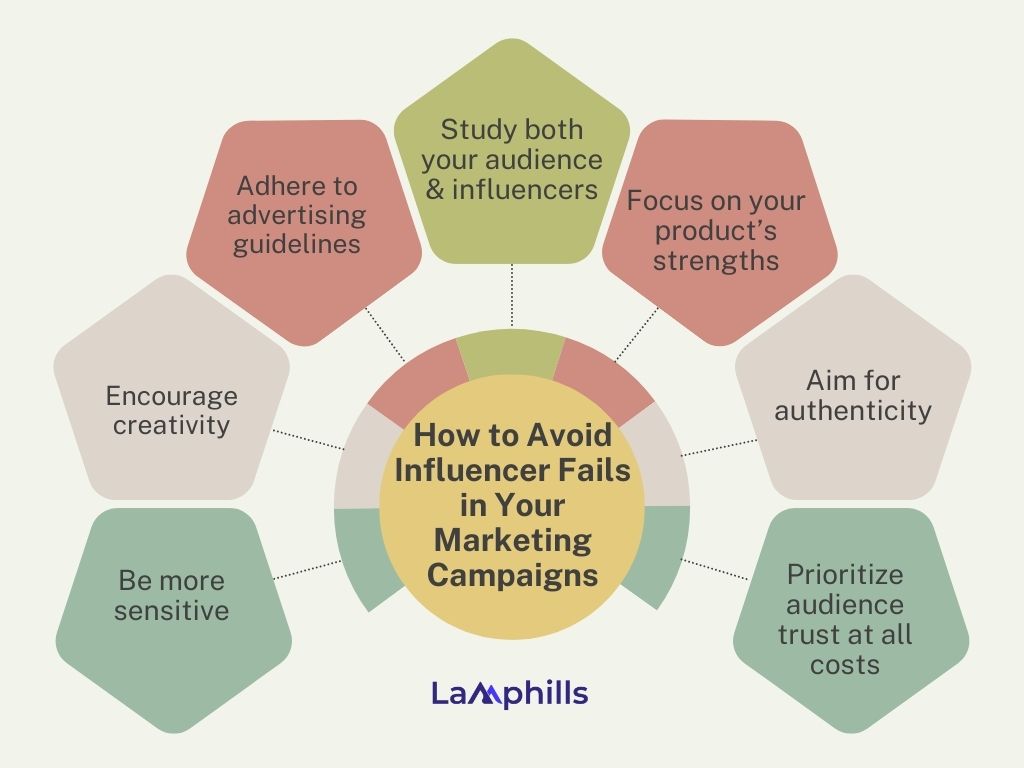
Issues of authenticity
Followers are savvy. If an influencer promotes a product they wouldn’t normally use or that doesn’t fit their persona, their audience can detect that inauthenticity. Moreover, it’s also important for influencers to be knowledgeable about the product, service, or event they’re promoting. Neglecting this could result in promoting fraudulent campaigns.
Issues of authenticity are critical blunders that can cause distrust from fans of both the brand and the influencer.
This pitfall can be avoided by ensuring that the influencers you choose to work with are already a part of your network or have a legitimate connection to the message they are sharing. In addition, writing detailed, well-thought-out briefs can help ensure that you and your influencers are on the same page.
Over-saturation
Some influencers promote a plethora of products. When followers see constant promotions, they might become desensitized or even annoyed. The promotional messages then lose their potency. Utilizing influencers that mostly push this kind of content can cause your message to lose weight, and to be lost in the crowd.
By carefully selecting high-quality influencers with real connections to their communities, brands can ensure their marketing impact is amplified.
Poor quality content
Though attention spans have grown shorter and shorter over time, the expectations and preferences that people have for their media have continued to evolve. Simply holding a product and smiling might not cut it. Creativity, production quality, and storytelling elements often determine the success of a campaign. Poorly executed content can be ineffective or even detrimental.
When planning an influencer campaign, it’s always a good idea to consider the unique style that your brand wishes to emulate and choose influencers with a great fit.
Lack of clear objectives
Brands sometimes dive into influencer marketing without a clear objective. Are they aiming for brand awareness, sales conversion, or engagement? Without clarity, measuring ROI becomes challenging, and the focus of the campaign can go off the rails.
Suppose your influencer campaigns haven’t played out how you’d expected, and deliverables are very different from what you had in mind. In that case, the problem is likely that your objectives haven’t been communicated well enough. Next time you write a brief, spend a bit more time making sure that your expectations and objectives are obvious.
One-off campaigns might not create a lasting impact. To truly resonate and make a memorable impression, you might need to engage in longer-term collaborations or storytelling. While mega-influencers can drive massive impact with a single post, this kind of exposure is impossible for most.
Longer-term campaigns are recommended for more predictable campaign performance, and there can even be a compounding effect when fans of the creator become fans of the brand.
Neglecting micro-influencers
Big names with millions of followers might seem attractive, but they don’t always offer the best engagement rates. Micro-influencers, although having smaller audiences, often boast a more engaged and niche community, leading to better conversion rates.
One of Adidas’ ambassadors @AsmaElbadawi has only 84K followers last we checked – not many by influencer standards – yet we think Adidas definitely made the right choice because of how she and her tight-knit community mesh with the Adidas message.
Not monitoring analytics
Without tracking the right metrics, brands might miss out on understanding what’s working and what’s not. This is especially challenging with influence campaigns. It’s essential to analyze engagement rates, click-through rates, conversions, and other relevant metrics to refine strategies.
While influencer engagement might be long-term, constant monitoring and adjustment of the campaign will lead to increased efficiency and conversion.
Poor product or service
Even the best influencer marketing campaign can’t save a subpar product. If there are fundamental issues with the product or service, no amount of marketing will create sustained success. Luckily, influencers are a direct line to their communities and can report back the concerns their followers have with your offering.
This level of transparency is important to foster whenever collaborating and can help maximize engagement.
Consider asking your influencer partners for insights that their fans have shared regarding your promos – you’ll probably learn something new!
Rushing into it
All organizations, movements, brands, and communities, no matter their size, can utilize network-led marketing, but it’s important to not rush into an influencer engagement. With so many influencer marketplaces popping up, it’s easier than ever to start a campaign, but many brands begin pouring effort and funding into influencer marketing without first considering what kind of influence they need, and if they are prepared for the influx of traffic a successful campaign can bring.
When creating social content in collaboration with your network, there is always a chance of your message going viral. While not something to bet on, this means you should consider the scenario, and if you can deliver when the response is overwhelming. There’s nothing worse than a campaign that gains so much attention that it crashes the web store that users are trying to access. Imagine the frustration! Imagine the missed revenues!
The brand has to be at a stage of preparedness in terms of customer experience. While true for all brands, this is especially important for startups. The right time to introduce influencer marketing to your strategy is a time when you feel confident in your service and support, your social media feed, and the optimization of your conversion and fulfillment funnels.
Influencer Marketing Fails: In Conclusion
Finding a suitable brand influencer can be challenging. Many influencers acquire huge followings due to their niche, but they won’t always emulate your brand’s values and voice. Consider audience demographics, engagement, and niche when finding influencers to align with your brand and reach a relevant, engaged audience. Despite these challenges, influencer marketing is worth it if you avoid the most common influencer marketing failures.
Recommended Articles
- How Does Having a Social Media Policy Benefit a Business (+Free Policy Template)
- MARKETING PROJECT MANAGEMENT: Unveiling Insider Tips and Strategies for Success
- What Does Evergreen Mean In Business? Timeless Tactics for Lasting Growth
- How To Send a Press Release: Your Personal Guide to Making Waves in the Media
- Best Steps To Effective PR Crisis Management
- Social Media Etiquette: Best Practices
- Risk Intelligence: Why Is It Important?
